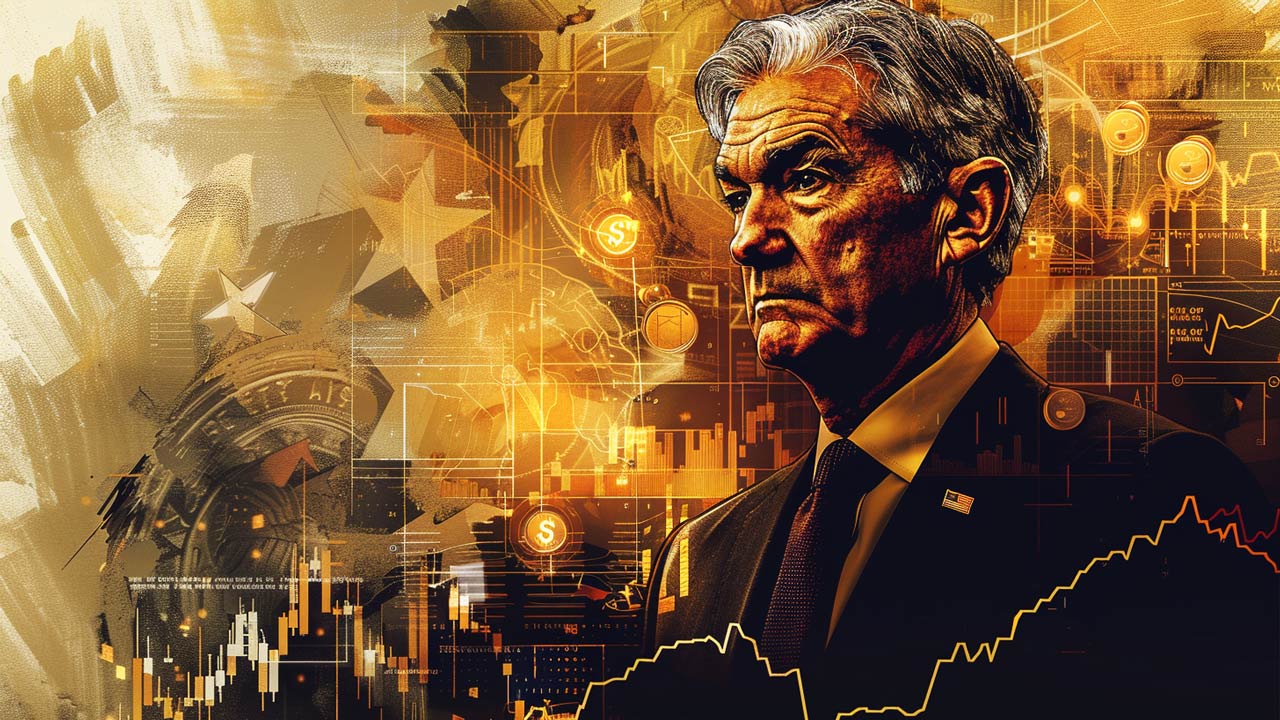The Debt Monster Is Loose
The debt monster is loose.
S&P Global Ratings projects the global debt-to-GDP level will swell to a record 265% this year. It also expects insolvencies and defaults to rise to levels not seen since the 2009 crisis.
Higher leverage and “a more challenging operating environment” has led S&P Global Ratings to downgrade 22% of corporate and sovereign debt issuers globally — “particularly speculative-grade borrowers and those suffering most from COVID19’s economic effects.”
According to the report, default rates could double by mid-2021.
Corporate bankruptcies are already surging in the US and many overleveraged small businesses are simply shutting down. A total of 509 companies had gone bankrupt this year as of Oct. 4, exceeding the number of filings during any comparable period since 2010.
A recent article at ForeignPolic.com warned, “The next US administration will likely face a global debt crisis that could dwarf what the world experienced in 2008-2009. To prevent the worst, it will need to address the burdensome debt plaguing both the United States and the global economy.” The report singled out the growing levels of debt in the US and called them “unsustainable.”
A surge in spending to mitigate the health and economic impacts of the pandemic has brought the total public debt in the United States to over 100 percent of GDP—its highest level since 1946 and a hurdle that will create a considerable drag on future economic growth. Other types of debt—household, auto, and student loans, as well as credit card debt—have seen similar surges. Almost 20 percent of US corporations have become zombie companies that are unable to generate enough cash flow to service even the interest on their debt, and only survive thanks to continued loans and bailouts.”
According to the Institute of International Finance (IIF), global debt is already well above the level S&P Global warned about. In April, the organization reported that global debt across all sectors rose by over $10 trillion in 2019, topping $255 trillion.
At over 322% of GDP, global debt is now 40 percentage points ($87 trillion) higher than at the onset of the 2008 financial crisis—a sobering realization as governments worldwide gear up to fight the pandemic.”
You can thank the Federal Reserve and central banks globally for this surge in indebtedness. In fact, we were warning about surging global debt long before the pandemic. In the wake of the Great Recession, central banks worldwide gave us 10 years of easy money. With loans cheap and easy to come by, households borrowed money. And governments borrowed money. And corporations borrowed money. With all of this borrowing, it should come as no shock that today the world is swimming in a sea of red ink.
Central banks simply doubled down on their debt-producing policies in response to the pandemic. The Federal Reserve immediately took interest rates to zero and it has promised to leave them there for years to come. It then launched “QE infinity,” and has increased the money supply at a record pace. Just last week, the Fed lowered the threshold for its “Main Street” loan program for small businesses down to $100,000.
Despite the record levels of indebtedness, S&P Global said it’s not concerned about a debt crisis. But it bases its view on some rather rosy assumptions, including the wide-spread availability of an effective COVID-19 vaccine. It also assumes a global economic recovery.
It seems just as likely that the debt-bubble will pop. In fact, we warned back in December of last year that it was a matter of when, not if, the debt bubble was going to burst.
Conventional wisdom seems to be that the world can avoid economic pain simply by borrowing money that was created out of thin air by central banks. But any sane person understands you don’t borrow your way to prosperity. Borrowed money always has to be paid back. This is an unsustainable path and one to watch closely, despite the optimistic assurances of the mainstream.





 Since Nayib Bukele became president of El Salvador, El Salvador has been in American media and global political discussion more than ever. While much of the attention focuses on Bukele’s mass incarceration of gang members and a decline in homicide of over 70%, Bukele has also drawn attention to his favoritism towards Bitcoin and how he […]
Since Nayib Bukele became president of El Salvador, El Salvador has been in American media and global political discussion more than ever. While much of the attention focuses on Bukele’s mass incarceration of gang members and a decline in homicide of over 70%, Bukele has also drawn attention to his favoritism towards Bitcoin and how he […] With gold hitting yet another awe-inspiring all-time high in the wake of Powell’s remarks reassuring markets (more or less) to expect rate cuts in 2024, a few analysts are pointing out risk factors for a correction — so is there really still room to run?
With gold hitting yet another awe-inspiring all-time high in the wake of Powell’s remarks reassuring markets (more or less) to expect rate cuts in 2024, a few analysts are pointing out risk factors for a correction — so is there really still room to run? Gold hit a new all-time nominal high, surpassing the previous record set in December of the previous year. The precious metal’s price reached approximately $2,140, indicating a robust and continuing interest in gold as a safe-haven asset, despite a rather peculiar lack of fanfare from the media and retail investors. This latest peak in gold […]
Gold hit a new all-time nominal high, surpassing the previous record set in December of the previous year. The precious metal’s price reached approximately $2,140, indicating a robust and continuing interest in gold as a safe-haven asset, despite a rather peculiar lack of fanfare from the media and retail investors. This latest peak in gold […] The gold price has been surging, with unprecedented central bank demand gobbling up supply. It has been a force to behold — especially as US monetary policy has been relatively tight since 2022, and 10-year Treasury yields have rocketed up, which generally puts firm downward pressure on gold against USD.
The gold price has been surging, with unprecedented central bank demand gobbling up supply. It has been a force to behold — especially as US monetary policy has been relatively tight since 2022, and 10-year Treasury yields have rocketed up, which generally puts firm downward pressure on gold against USD.  Total gold demand hit an all-time high in 2023, according to a recent report released by the World Gold Council. Last week, the World Gold Council (WGC) released its Gold Demand Trends report, which tracks developments in the demand for and use of gold around the world. Excluding over-the-counter (OTC) trade, 2023 gold demand fell slightly from 2022 […]
Total gold demand hit an all-time high in 2023, according to a recent report released by the World Gold Council. Last week, the World Gold Council (WGC) released its Gold Demand Trends report, which tracks developments in the demand for and use of gold around the world. Excluding over-the-counter (OTC) trade, 2023 gold demand fell slightly from 2022 […]